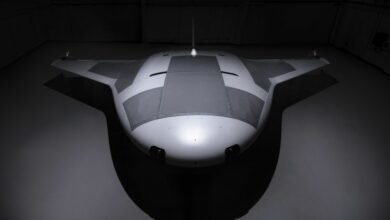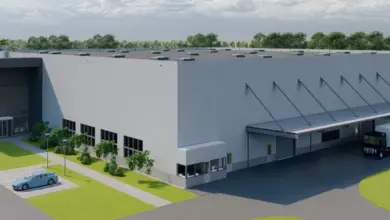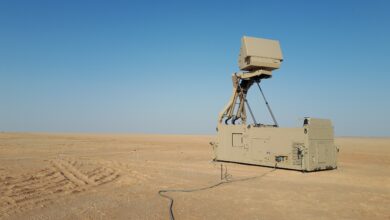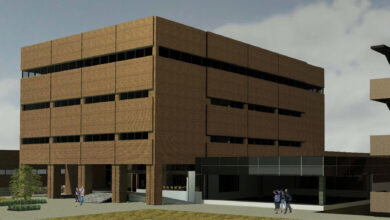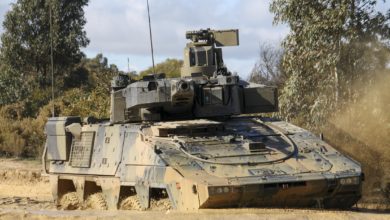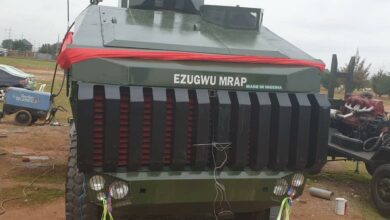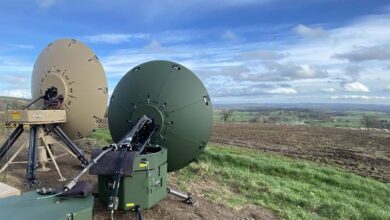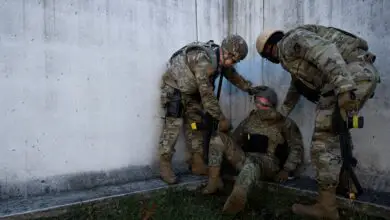DARPA to Develop User-Friendly General Anesthetic for Warfighters
The Defense Advanced Research Projects Agency (DARPA) has introduced a new program to develop safe, effective, and battle-ready anesthetics for warfighters.
Anesthetics for Battlefield Care (ABC) seeks an anesthetic solution that is easily administered for traumatic injuries without requiring specialized training.
Modernizing Anesthetics
The US military’s combat anesthesia has been the same formula since the Civil War. This solution tends to burden, agonize, and traumatize injured soldiers and medics, according to DARPA.
While other anesthetics are available, no compound can be administered safely outside a hospital facility due to dependence on monitoring vital signs, physiological maintenance, and professional intervention.
Pain medications are available, but safe general anesthesia or sedation for life-saving events at the point of injury is not yet available.
Anesthetics for Battlefield Care Program
Under ABC, DARPA will identify new biological mechanisms of action, new drug compounds, and formulations to produce an anesthetic that does not affect the cardiac output, blood pressure, or respiration of injured personnel.
The agency will partner with experts, developing this novel drug to enable safe treatment without inducing physiological instability.

“Anesthetics for Battlefield Care is de-risking a problem that while targeted to the US Department of Defense, will be disruptive to all of medicine,” ABC Program Manager Michael Feasel explained.
“It could benefit first response from rural emergency services, to air medical services, all the way to level I trauma centers. This program seeks to support life-saving interventions to be employed earlier, closer to the point of injury, enabling better outcomes for all patients, whether warfighter or civilian.”
ABC will consist of a discovery phase, with teams researching and testing possible anesthetic solutions while considering related mechanisms and effects, and a second phase to produce the drug that works.
DARPA will operate alongside selected partners, independent verification and validation firms, and US regulatory agencies such as the Food and Drug Administration to increase the success and utility of the new anesthetic.


